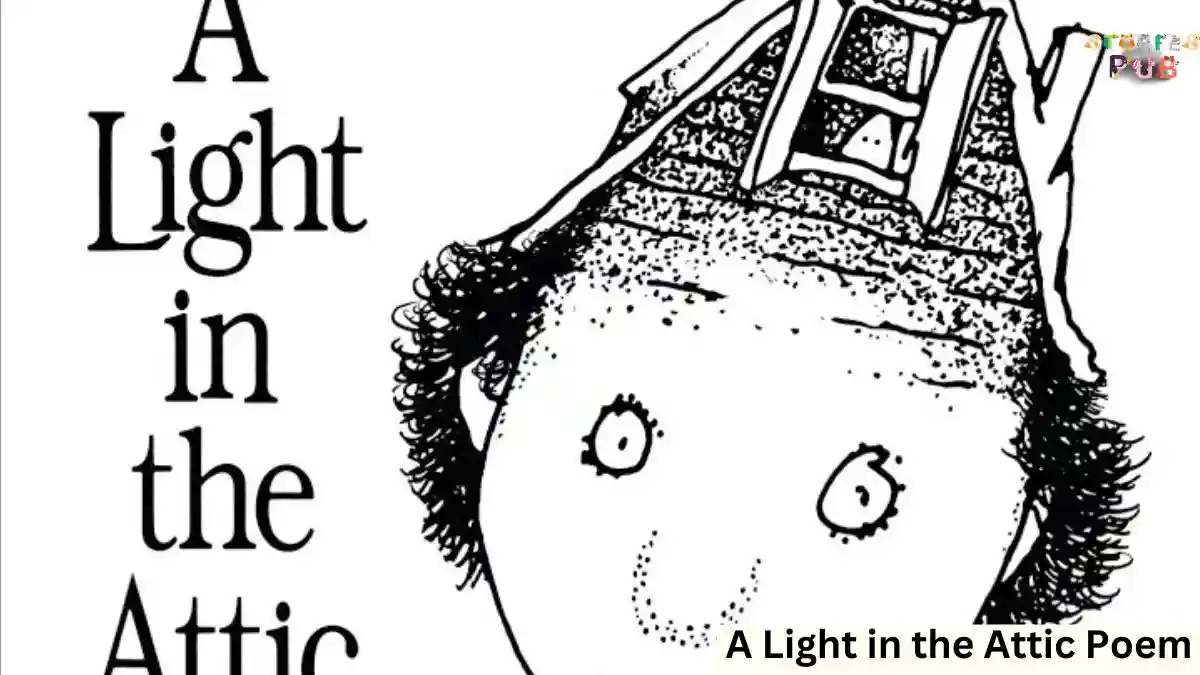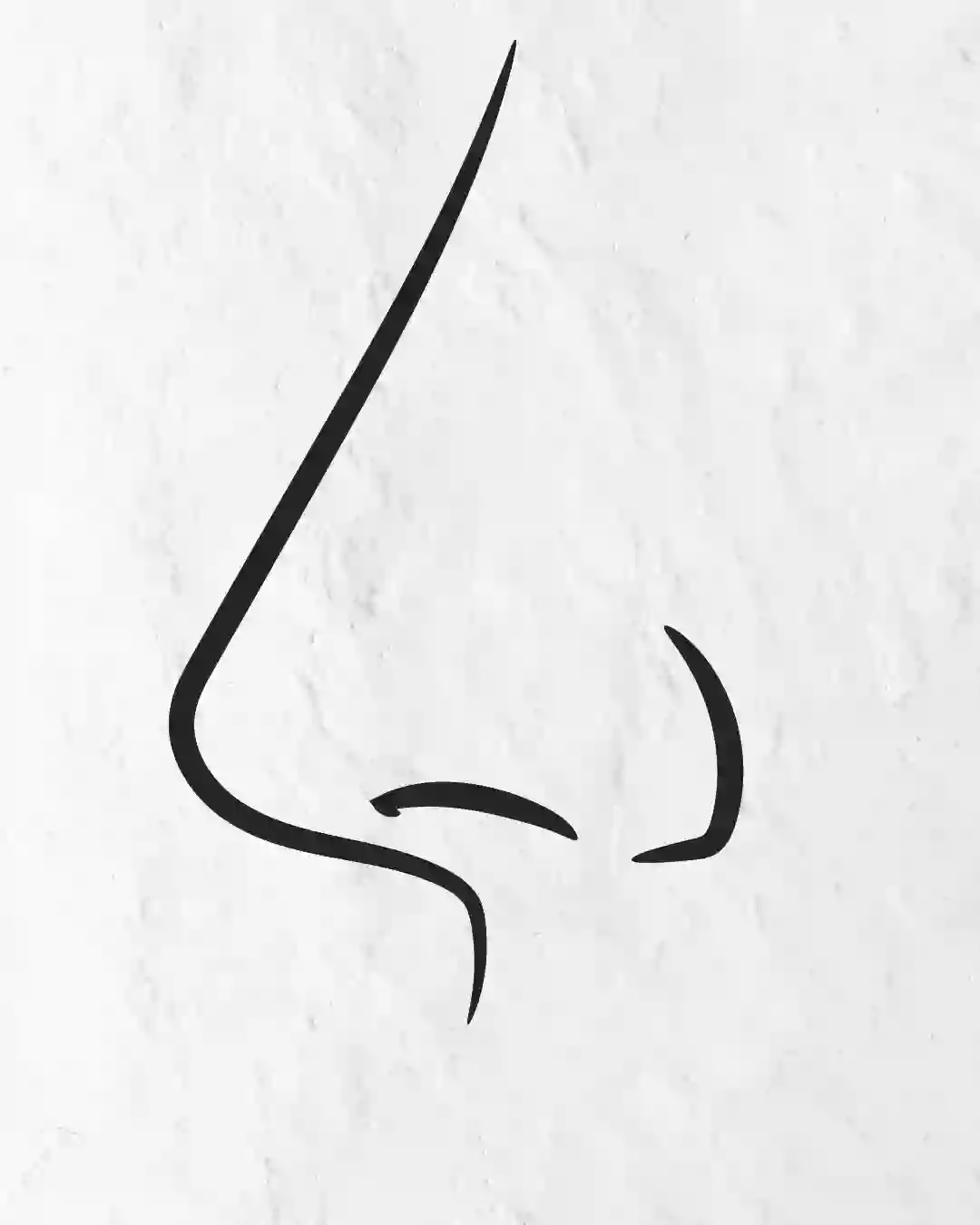What is URL full form -why is URL important in SEO

A URL is a specific type of Uniform Resource Locator and is defined as a string of characters that identify a specific resource on the Internet. A URL in full form can be broken down into several parts, each serving a specific purpose. In this article, we’ll take a closer look at what URL full form stands for and why URLs are so important in SEO.
What is a URL?
A URL is a Uniform Resource Locator and is a website’s address. The first part of the URL is the protocol, which is typically “http://” or “https://”. The next part is the domain name, which is the unique name that identifies a website. Finally, the last part of the URL is the path, which specifies the location of a particular file or page on the website. Also, URLs are used to identify web resources and are how browsers locate and access websites. It’s what you type into the search bar when you want to visit a specific website. For example, the URL for Google is www.google.com.
When you type a URL into your browser, the browser uses the URL to connect to the server that hosts the website and then retrieve the requested information. URLs are also used to link to individual files and resources on websites, such as images, videos, and PDFs. While most people don’t think about it, URLs play a vital role in how we browse the web.
History of URL
Most people know what a URL is – it’s the address of a website. But not everyone knows the history of the URL. The original meaning of URL was “Universal Resource Locator.” In other words, it was a way to identify resources on the World Wide Web.
The first URL was created in 1994 by Tim Berners-Lee, the World Wide Web inventor. He wanted a way to improve the efficiency of information sharing between scientists. The first URL was just a simple way to identify documents on the web.
Over time, however, URLs have become much more complex. They can now include information about the protocol (http:// or https://), the domain name (www.), and even specific pages on a website (example.com/about). But despite all of these changes, the original purpose of the URL remains the same: to identify resources on the World Wide Web.
What is the URL full form?
The URL full form is the Uniform Resource Locator. A URL is the address of a specific webpage or file on the internet.
What is the importance of a URL in SEO?
URLs are important for SEO, or search engine optimization because they help search engines index and categorize websites.
A URL, or Uniform Resource Locator, is the address of a specific webpage on the internet. Each webpage has its own unique URL, which helps internet users to locate it. For businesses, having a well-optimized URL is important for two reasons.
- First, it can help to improve your website’s search engine ranking. When potential customers search for keywords related to your business, a higher ranking means that your website is more likely to appear at the top of the results page. This may result in more traffic and sales.
- Second, a well-optimized URL can help to improve click-through rates. This is the percentage of people who click on a link to your website after seeing it on a search engine results page. A higher click-through rate means that more people are interested in what you have to offer, which can lead to more sales and more customers.
Therefore, it is clear that having a well-optimized URL is essential for any business that wants to succeed online.
How does URL work in web browsers?
Every website has a unique address called a URL (Uniform Resource Locator). When you type a URL into your web browser, the browser will contact the server that hosts the website and request the page or file you’re trying to access. The server will then send the requested page or file back to your browser, which will display it on your screen. To ensure that you’re getting the correct page or file, your browser will also check to see if the server’s URL matches the one you typed into your browser. And the process of requesting and receiving web pages is known as HTTP (HyperText Transfer Protocol).
By understanding how URLs and HTTP work, you can better troubleshoot problems with your web browser and websites. If there’s a mismatch, this typically indicates that you’re trying to access a malicious site and your browser will block the request.
How do I find the URL in the browser?
You can find the URL of the website you are currently visiting in the address bar of your web browser. The address bar is usually located at the top of the browser window, and it will typically display the URL of the website you are currently viewing. If you want to visit a different website, you can simply type in a new URL in the address bar and press Enter on your keyboard. This will take you to the new website.
Alternatively, you can click on a link on another website that will take you to the desired website. When you do this, the URL of the new website will appear in the address bar. Finally, if you are having trouble finding the URL of a website, you can always ask a search engine like Google for help. Simply type in the name of the website you are looking for and Google will provide you with its URL.
Conclusion
URL stands for Uniform Resource Locator, and it is the address of a specific website or web page. It is important in SEO because it helps search engines understand where your website is located and what kind of content it has. If you want to improve your SEO, make sure your URL is short, descriptive, and easy to remember.
Hey kids, how much did you like What is URL full form -why is URL important in SEO? Please share your view in the comment box. Also, please share this Full Form with your friends on social media so they can also enjoy it, and for more, please bookmark storiespub.com.
Suggested Article –
- What is the full form of IAS
- What is the full form of NATO?
- What Is The Full Form Of UPSC
- What is the OTT Full Form
- SOS: What Does It Stand For And Why Was It Chosen?
- What is the full form of OTP and why is it important?







